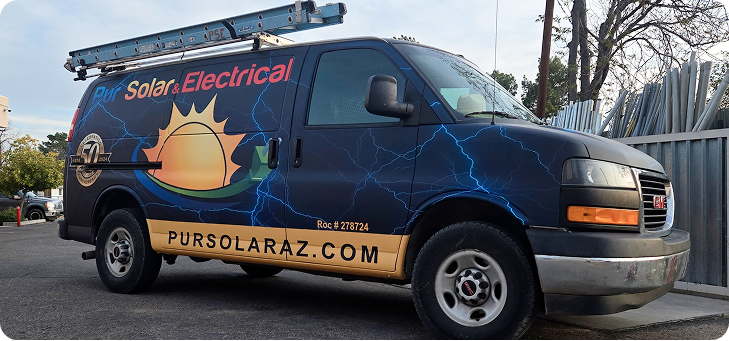Creating a solar panel is a complicated process with much science involved. Of course, there are tutorials on the internet that teach you how to create your solar panels, but they are nowhere near the quality standards of the highly efficient solar panels you can purchase on the market today. Without getting too technical, we are going to give a brief overview of the solar panel production process so that you will have a better understanding of how they are made.
Beginning Stages
The process of creating a solar panel begins with the production of many solar cells. The majority of solar cells we use today are formed from silicon. Silicon is found in natural beach sand. It’s easy to gain access to, but creating high-quality silicone is another story. Silicone is first purified by heating it at extremely high temperatures inside of a furnace where it eventually forms rocks.
From Rocks to Wafers
These rocks are then collected and melted together into the shape of a cylinder. Boron is also added to the mix to give the silicon an electrical charge. Once this step is completed, the silicon is then ground and polished, giving it a smooth appearance. The silicone cylinders are then sliced into wafers as thin as sheets of paper and given an anti-reflective coating to prevent sunlight from bouncing off of them.
From Wafers to Panels
Metal conductors are then added to the surface of the wafers, and at this point, they are considered solar cells, capable of converting light into energy. The solar cells are then soldered together and covered with a protective layer of glass. Once these solar cells are grouped and encased beneath the glass, we finally have a solar panel.










